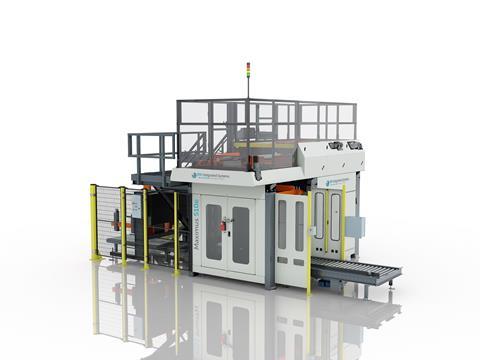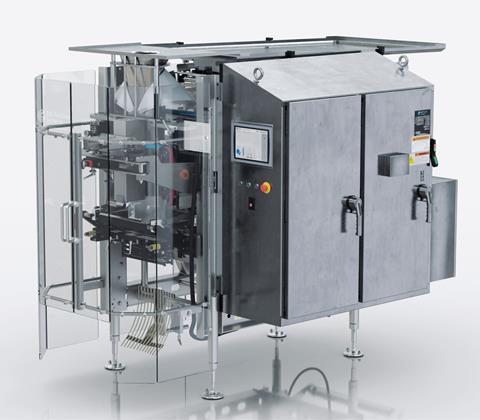
What does it mean to take a people-centered approach to value creation in the packaging space, and what are the core benefits of using a system like this? Barry-Wehmiller’s VP of Innovation, John Koke, explains how BW Packaging views innovation as an opportunity to include customers in its culture of caring for people.
The statement “We measure success by the way we touch the lives of people” underpins Barry-Wehmiller’s guiding principles. Could you introduce this concept to our readers? What does it mean in practice?
Barry-Wehmiller’s people centric culture originated with our CEO Bob Chapman who saw that business could be a fundamental force for good in the world if companies genuinely cared for their people, treated them with respect, and built a vibrant business able to provide a secure future for them and their families.
Within BW Packaging, our vision is to ensure that everyone who interacts with our team, our equipment and our parts feels that same level of care. We touch the lives of tens of thousands of people every day as they operate and maintain the equipment in their operations.
What are the core benefits of a people-centric innovation model, and what does it offer that other models don’t?
People centric innovation grounds our new product developments in fundamental value creation in the lives of people. What are the needs of the operators who use our machines every day? What are the needs of the maintenance teams that are responsible to keep our systems in great working order? What are the needs of operational leaders? And what about the needs of the business leaders who count on our machines to safely package their products day in and day out? What can we do in packaging to help marketers to market their products more effectively? A people-centric innovation model challenges you to consider value creation from a people centered point of view.

And how does the ethos of people-centric innovation manifest itself at BW Packaging on a day-to-day basis?
Our innovation process now starts and ends with people and markets. We start our innovation process with a deep dive on customer needs. We conduct voice of customer events to speak with people who rely on our products and services to do their jobs. What are their needs? How can we better address those needs? And we don’t stop there. Several years ago, we decided to train our team members to perform true observations, to go and watch our customers or potential customers use the equipment that they have today to identify the aspects of that experience that could be improved that they might not think to tell us in a conversation because they are so accustomed to living with that constraint.
It is not just about designing the machine; it’s about understanding how we impact customers in every interaction with us. This includes the sales process, the installation, and the entire life cycle of our packaging solutions in their plants. How can we solve their problems? How can we create value for them?
Could you pick out a specific project or product where people-centric innovation is particularly evident?
We recently introduced the Hayssen ISB VFFS Bagger in our BW Flexible Systems Division. This is a great example of people-centric innovation and it’ll be on display and running at our Interpack stand 6/C79. This solution was designed to be used in the high hygiene applications like produce, cheese, and IQF. These are typically harsh environments to work in, not only for our machines, but also the people who operate them.
We sat with the people who work on our machines in these environments and asked them: what made their tasks difficult? What was hard? What would an ideal solution look like from their perspectives? Then we sent our engineers and cross functional teams into our customers’ operations to observe their current machines through a 24-hour cycle: Start up, production, change over, breaks, restarts, shut down, 3rd shift wash down. All in the pursuit of understanding what problems we could solve for the people who worked on our machines day in and day out. Only when we had collected and synthesized those insights did we set out to design our solution.

What would you say to a company that is debating switching to a model like this? What could they stand to gain?
I suspect BW Packaging was not so different from many companies. We had a history of basing our innovation efforts on bringing great new technologies and systems to markets. Someone would have a great idea; they would sell that idea to leadership. We would invest and develop a great technological marvel. The only problem was no one needed it.
It was not addressing the real needs people have while running a packaging line every day. People centric innovation focuses your value creation at a very human level. Creating real value for customers, real people with real jobs, hopes and dreams, and not to forget, shareholders who are real people too.












No comments yet